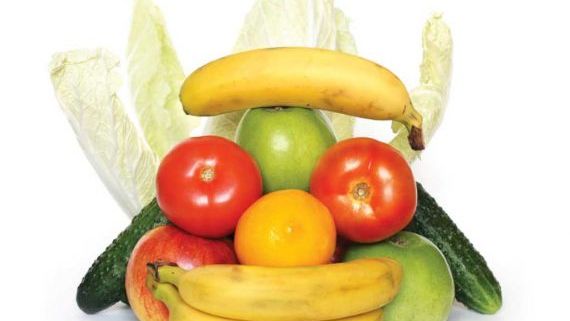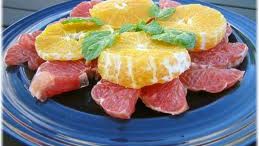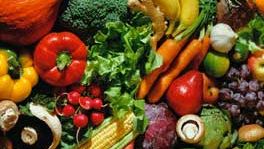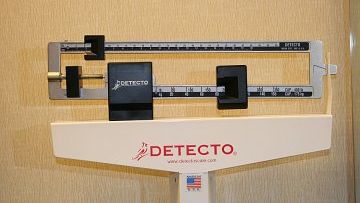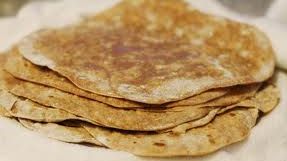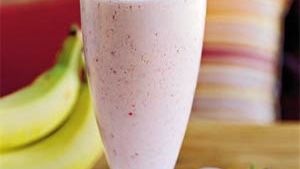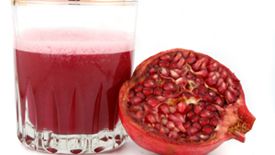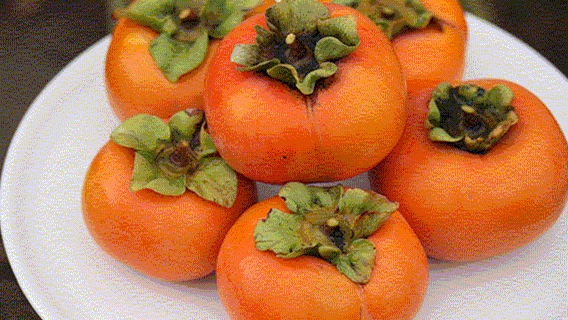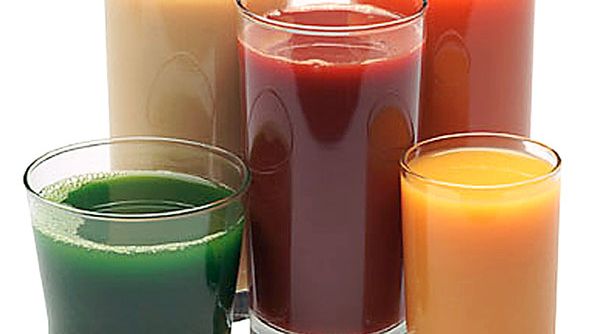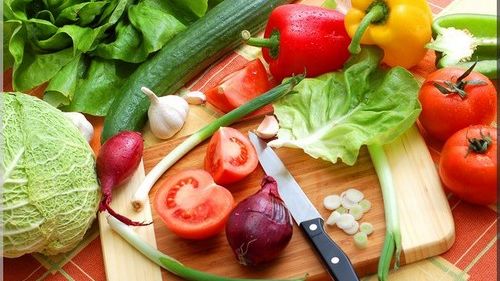The Core Diet Blog
Nutrition Talk


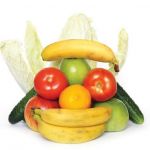
The following content was provided by Registered Dietitian, Rachel Gargano.
We’ve all heard the short version of the nutrition mantra, “We are what we eat.” What we’re really saying, however, is that our health and mood are reflections of what we have eaten and what we have not eaten.
We can be deficient in both macro nutrients (protein, carbs, and fat) and micro nutrients (vitamins and minerals). These deficiencies can lead to symptoms associated with depression, behavioral issues, stress, and physical illnesses. For example, what we eat can lower or raise serotonin, dopamine, or norepinephrine – neurotransmitters in our brain that control our ability to relax, resist food cravings, or maintain energy and alertness. What we put in our mouth can also affect how well our red blood cells carry oxygen to our body, and how well we convert food to energy. Poor management of either of these will make us feel tired, weak, confused, moody, or any and all of the above.
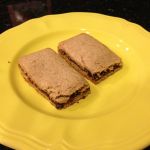
The following content was provided by Registered Dietitian, Jaime Windrow.
When I first started on my hunt for a homemade fig bar recipe to test, it was for athletes. The traditional Fig Newton has always been a Core Diet recommendation for a pre-workout fuel, so I thought, why not make my own? “If they can make it, so can I!.” That is sort of my mantra these days. From household cleaners to wreaths on my front door, I love “making my own stuff”.
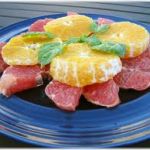
The following content was provided by Registered Dietitian, Jaime Windrow.
As your hydration needs increase during these hot summer days, you'll find yourself craving juicy fruits more than you did before. This is no surprise! When I review food diaries for my clients during the colder months, I see log after log listing apples and bananas as the fruit of choice, with very little variety. But a fruit is a fruit, right? It's not until the summer months that citrus and antioxidant-filled fruits make an appearance, bringing a little more excitement to your diet. One of my favorite ways to savor the season's fruitful flavors and save yourself from the apple/banana rut, is this refreshing summer salad recipe.
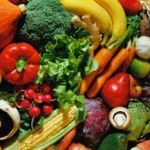

Eating "clean" once meant nothing more than steamed broccoli and chicken in a Tupperware container. Putting an end to this myth can actually mean extra attention to eliminating additives, bulking agents, preservatives, pesticides and hormones. By doing just this, you really clean up your food, and your body will run much better. Similar to an automobile engine that uses only premium fuel, to decrease residue collection, we can streamline our energy source and decrease unwanted deposits in many parts of our bodies.
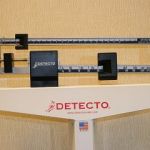
The following content was provided by Registered Dietitian, Jaime Windrow.
Whether you are an athlete or not, you've most likely experienced a weight or fat loss plateau at some point in your life (especially if you have ever tried to improve your body composition for health reasons and/or athletic performance). A plateau is defined as reaching a state of little or no change after a time of activity or progress. In this case, we're referring to those little numbers on the scale that won't budge, or that disappointing moment when your trainer/coachpinches you with calipers and thesamemeasurements come back again and again…Although frustrating, there's no reason to throw in the towel or go to extreme measures when this happens, as that will only hurt you and your performance in the long run. Chances are there are one or more factors you may have overlooked that could be the key to breaking through this barrier.


The following content was provided by Registered Dietitian, Jaime Windrow.
You have just returned home from a typical shopping trip to the grocery store, and your car is overflowing with the healthiest foods you could find. Although you are pretty sure that there are a few items in there that you are not quite sure about, but you just couldn't resist! Filled to the brim with fresh fruits, vegetables, and anything else labeled organic or "natural", your refrigerator is now ready to be photographed for the cover ofEating Well. Day dreaming about all the nutritious meals you will be enjoying this week, you realize it is time for dinner…"What should I have?!"

The following content was provided by Registered Dietitian, Jaime Windrow.
Between work, family, sleep and high volume training weeks it can be very difficult to find enough time to cook or prepare freshly made meals and snacks each day. As a result, food is often put on the back burner, as we search for quicker and easy options that are as time efficient as possible. But, with big performance goals and weight or body composition as a significant limiter, improving diet can be just as important as developing fitness.

The following content was provided by Registered Dietitian, Amanda Cassell.
As a registered dietitian (RD), I have always known that nutrition was important for health, disease prevention, and weight loss. Throughout my college years, and during my dietetic internship, this was stressed incessantly, time and again. Clinically, I had learned a great deal of useful information, but my specialized education had never focused specifically on sports-related nutrition.

The following content was provided by Registered Dietitian, Jaime Windrow.
As we slip into the colder months, I often see a steady decline in the consumption of fruits and vegetables of many of my clients. While much of this can be explained by reduced availability, especially in the northern regions, it should serve as no excuse. When this is coupled with increased cravings for holiday treats and comfort foods, the athlete is sure to miss many of the vital antioxidants and phytonutrients necessary for fighting off those winters colds, supporting recovery, and general overall health. One easy, and often overlooked, way to ensure that you are incorporating these into your diet is with homemade power smoothies.


Today is not much for tropics, but with left over pineapple and papaya I will try to give it a go. I have previously decided to add the ginseng over the horseradish, and so do. There is nothing sparkling today about my juice as I feel like predetermining the ingredients removes a bit of the excitement. Maybe if I add a spontaneous ingredient, things will perk up. In attempts to mask the tropical feel, I go with beet and romaine, and am quite surprised at the smooth vegetable taste.


Project Juice: Day 19
This morning I am participating in a workout/lecture (I'm lecturing in between intervals of circuit training) so I think that juicing before this event may be helpful. I like the superfood properties of the kale and the tomato addition really adds some substance. The two of these together seem like they may stand on their own quite well, but something is telling me to add some kind of heat. Perhaps cliché with the tomato, but I pull out the forgotten horseradish root. Somehow I will work the juicer into an adult beverage, but alas, another blog topic. Not knowing much about horseradish, I had purchased some while in the root section picking up my ginger and ginseng. Now, I am quite pleased that I did. Properties of horseradish root include strong antibiotic, expectorant, bronchodilatator, antibacterial, coronary vasodilatator. However, systemically horseradish raises blood pressure associated with its heat characteristic. The immune system is stimulated, and oh yes! it has anti-inflammatory properties in addition to being antiparasitic, antianemic, antiscorbutic (prevents scurvy by preservation of vitamin C) and is a diuretic. It can stimulate the appetite. Also it is known that horseradish has aphrodisiacal properties. Seriously! Where has this been hiding and why does this not get more press! Horseradish, I love you.


Project Juice: Day 16
I have been hearing such unbelievable things about kale, I decide to incorporate some leaf into my juice today. Additionally, I will continue the morning ritual to juice first thing in the morning! I am ready. Hopefully, the rest of the family is ready, as well.
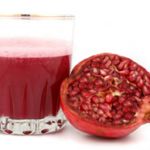

Project Juice: Day 13
In celebration of pomegranate season, I have purchased likely, too many. I am a huge fan of the pom, but clearly the prep can be a deterent. I suppose I'd better get busy peeling and popping. What I have decided to try is a dual pomegranate prep. I will peel and pop 2 at one time and seal the anrils from one in an airtight container in attempts to decrease oxidation of the precious antioxidants. I think this may not be optimal, but nonetheless, a technique to get me going on the delectable poms.
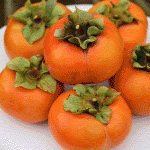

Project Juice: Day 10
Today, I thought I would read the instructions for my new juicer. Fortunately, I don't think I have been operating the juicer in an unsafe manor the previous 9 days. However, a solo tip about a particular fruit stands out. There is no mention of food with the exception of pomegranate. I figure this must be important. There are explicit instructions on how to eat and prepare a pomegranate. According to Bella, one should score the outside of the pomegranate to peel off the skin, then under running water and into a bowl of water, push the anrils into the bowl. The fiber will float, the anrils will sink (for the most part) and you will have successfully separated your fruit and are ready to juice. Bella recommends juicing the pomegranate twice (the pulp, not the juice) to fully extract all the juice.
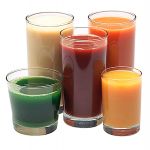

Project Juice: Day 7
Well things are certainly picking up at this time of year, and initially I have a sense of gloom about my juice. I was rushed and behind schedule, but onward I pushed to collect some ingredients for juice. In fact, once I started the process, I became far more engaged and excited about what I should create. Hey, kind of like a day where you don't quite feel like doing the workout, but lace up the sneakers anyway, and have a great session!
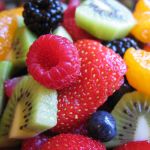

Project Juice: Day 4
Feeling like I have made some serious progress, purchasing the actual juicer, I am confident that I will be able to make some quality juices. Simplicity as the Golden Rule, I create an orange, ginger and ginseng juice that I deem quite tasty and full of vibrant health! Perhaps because I have bought enough root to take me through the month do I feel the compulsion to add ginger and ginseng to everything I make. Quite frankly, these ingredients just sound as if they belong in a juicer. However, how much ginseng should I really be getting?! After researching a bit, ginseng root has many healthful benefits, including lowering blood sugar, blood pressure and improving the immune system. Warnings about ginseng in high doses only appear regarding extracts and supplements, not the actual root.
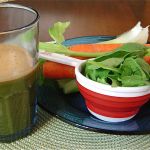

Core Diet dietitian Anne Rollins chronicles here journey on the Core Diet holiday juicing challenge! Join her in her 30 day journey……
So, I have been lured into a 30 day trial of juicing. Perhaps a bit of previous intrigue, and with minimal taunting, I am in… 30 Juices in 30 days.
My disclaimer: I have never juiced, am scared of juicing and do not own a juicer.
Typically, if I choose to start a new endeavor, I will research and analyze every possible angle, perspective and internalize until I feel expertly versed…Unless of course, I feel like jumping in with no knowledge at all so as to create a larger margin for improvement. The later is true for my juicing. After wrapping up the racing season and moving into holiday mode, I'm feeling like I need some raw enzymes and with no time to prep.
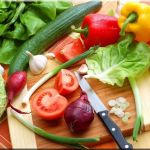

During this time of year when everyone, including triathletes let loose to enjoy the holiday cheer, it is a good time to focus on some ways to balance the endless holiday party platters and treats. The average American will gain between five and 10 pounds, in the time between Thanksgiving and New Year's. What can we do to help avoid this, to some degree, and provide nutrient density that supports the training volume that we are trying to get in, in between parties? The answer: Juicing!



